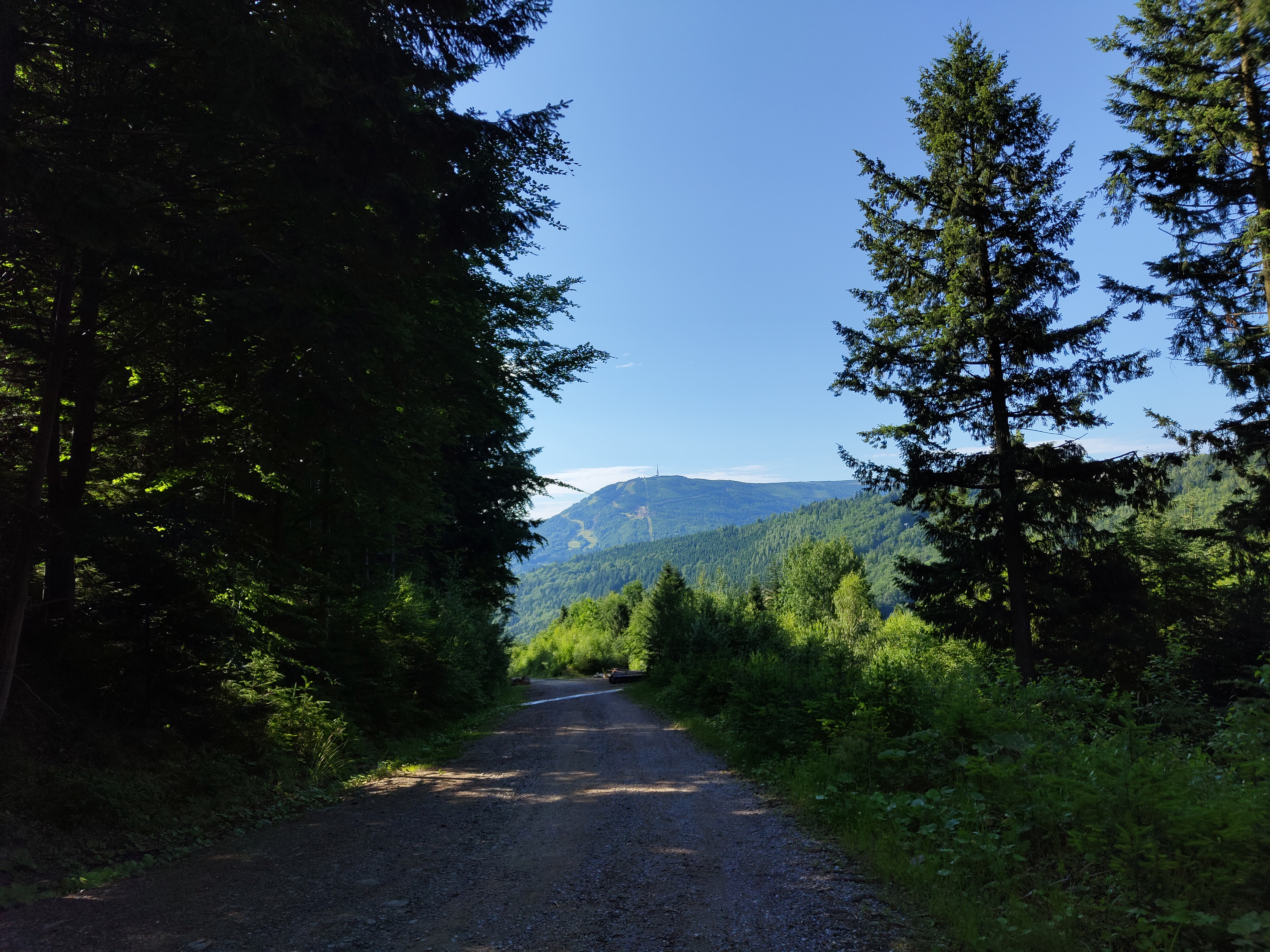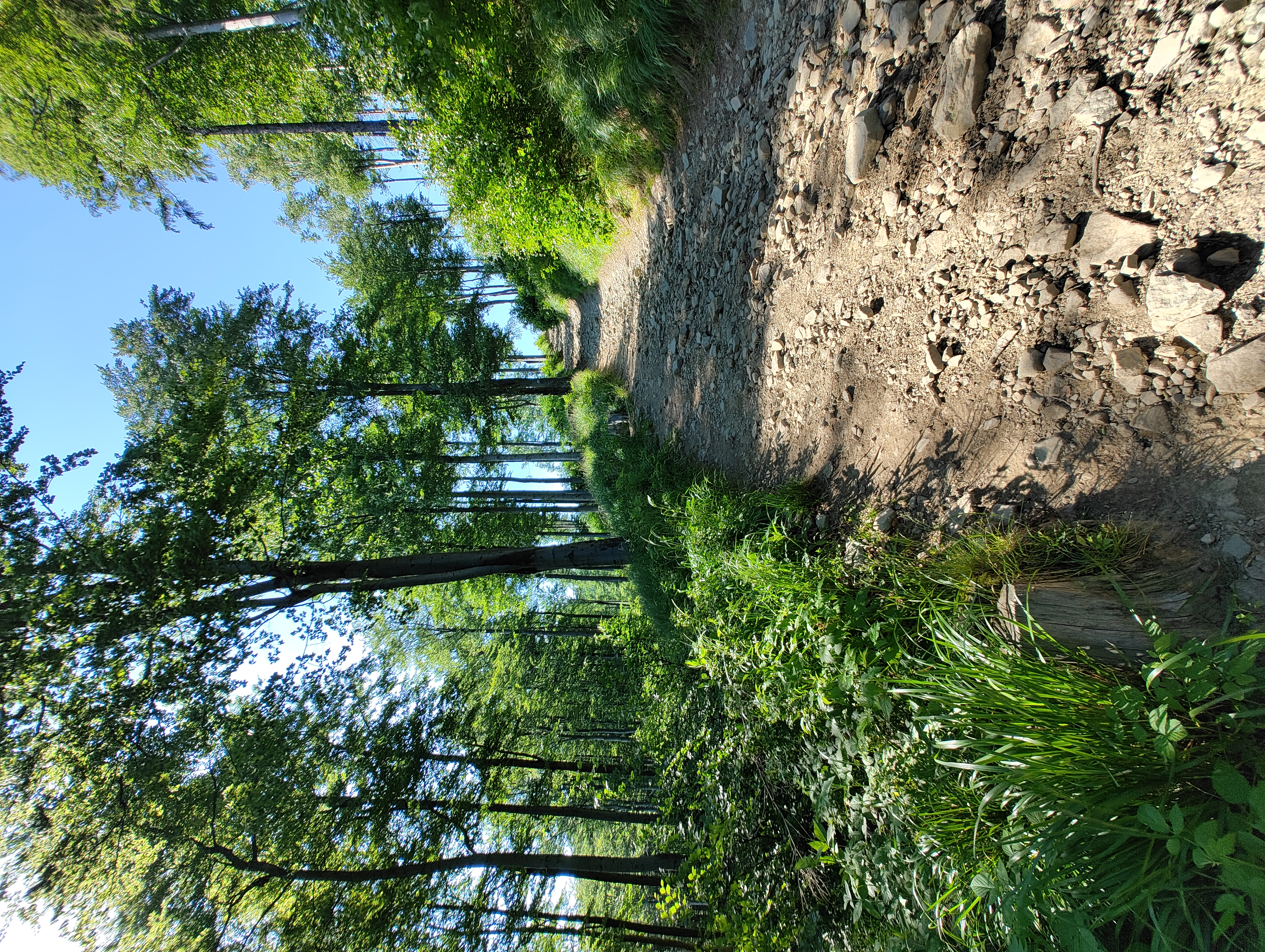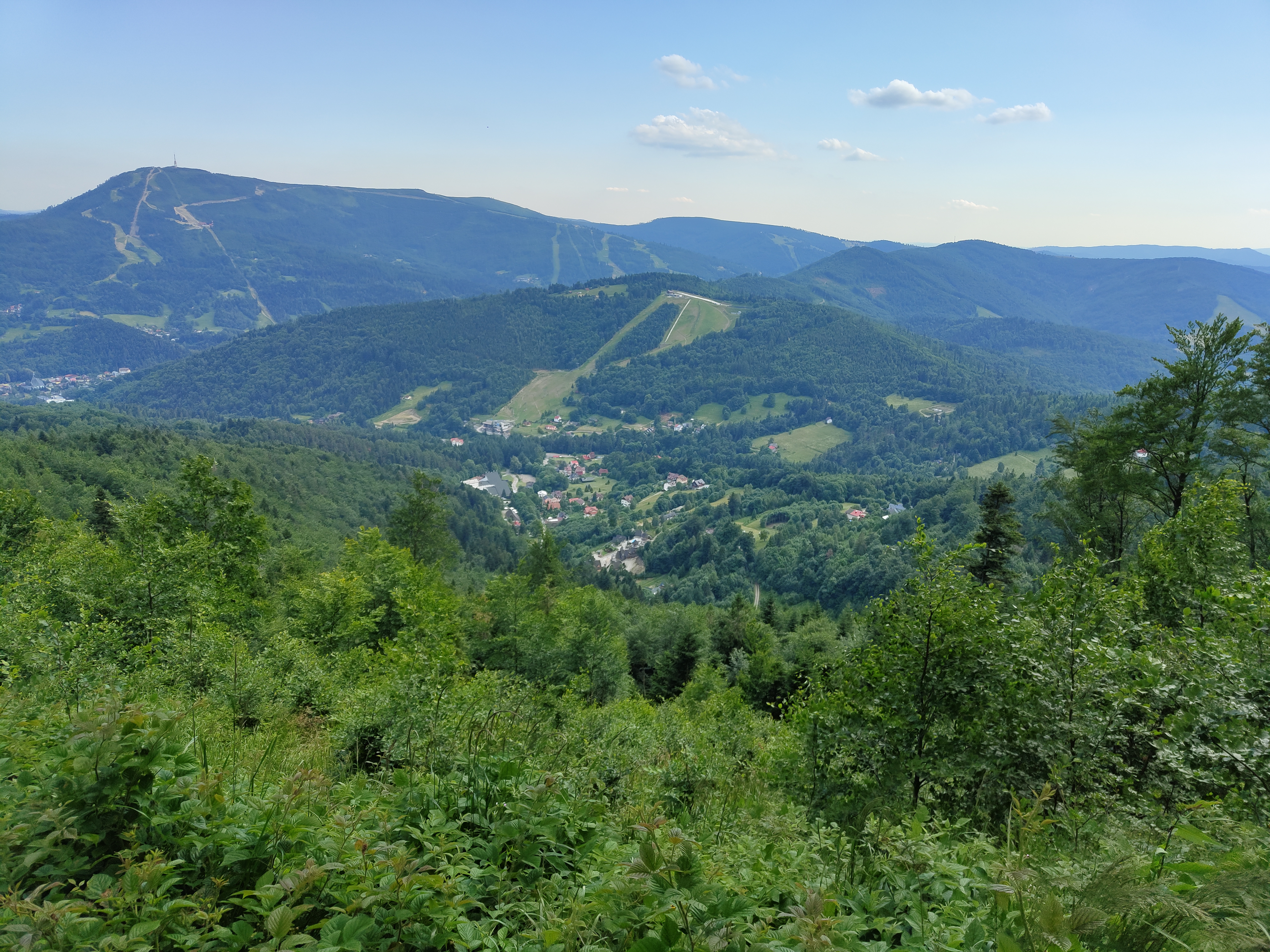I just got back from the Jaszowiec conference on the Physics of Semiconductors 2024.
Foreword
All of the pictures are uploaded in high resolution, to see it, open image in a new tab ;]
The place
The conference took place on 17-21th of June in Klimczok Hotel. My room and food was truly great. I will have a hard time trying to match the quality of the meals I could enjoy throughout my stay there.

The conference
It was a single track conference with 3 types of publications - 1 hour lectures, 15 minutes talks and a 1.5 hour poster sessions. I had a pleasure presenting my poster with the notes on Thursday. I attended every 1h lecture, poster session and most of the 15 minute talks.
The proceedings
It was humbling yet enriching experience, especially considering my lack of a serious background in physics. After each lecture or talk I had a long list of keywords noted, mentioning concepts and tools that the author used for his or her research. Each chunk of lectures were finished on my laptop, looking up the definitions of the noted keywords or occasionally catching the author after the talk and asking my questions directly. Naturally, first talks on Monday were the hardest to grasp, because of the rich vocabulary that I have heard for the first time.
Example lecture notes
The whole list is just too long to include it here, but among it were:
- electron spin
- exciton
- epitaxial layers/growth
- 2D/1D structures
- MBE/MOVPE
- photons and phonons
- defects (quantum defect theory)
- spectroscopy
- quantum wells
- band gaps
- and many more...
I was aware of some of these concepts before, like electron spin or photons. That being said, you never really understand it, until you actually use it to solve some technical problem, or as in this case - see someone use it, for some specific problem.
One of the most valuable aspect of the conference was listening to the actual researchers solving actual problems.
What are they focusing on, when discussing methods and results?
What machines and techniques are they using to manufacture needed structures?
Where are they ordering the structures from? If they are made by 3rd party.
How do they test and what metrics do they report?

Researchers use MBE and MOVPE for manufacturing the structures and spectroscopy and Density Functional Theory (DFT) for testing.
I have also seen work involving machine learning (neural networks) for various tasks like data prediction for filtering of various parameter compatibilities. Testing on real structures can be expensive and time consuming. Computing DFT is apparently time consuming (this is what I have remembered, I don't really understand it, so don't quote me on that ;]).
I feel like I got a grasp of what the researchers are currently focusing on, what tools they are using and what actually matters to them when looking for better models and solving problems. The level to which the researchers care, can measure and understand the matter - how it behaves under different conditions and how it can be leveraged to do the useful work is truly astonishing. It certainly changed my perspective on how manufacturing and the research that precede it, is done. The whole experience is making me appreciate it even more, as if I already wasn't appreciating it enough.
Our publication
"Low Cost Silicon-based Semiconductor Device Manufacturing" is the title of the poster and notes I had a pleasure to present, together with Rafał on the Thursday's poster session. There was a lot more interest in our work than I anticipated, despite it being more engineering oriented, with purely educational value coming out of it. A lot of the people were interested in the work and admired the effort and results we got, using so little resources. We also got an offer for cooperation with one of the major Universities that do semiconductor research. They wanted to make sure that if we need any help with access to machines or any resources they can provide, we should contact them They actually have precise and high quality equipment ;]

Our results are nowhere near the quality you can get out of the billion dollars fabs, but their real value is that it allows small labs like ours to experiment early and learn about semiconductors manufacturing by doing actual, working devices. This is why we did it and thought that we might as well just share it. The target audience being undergrads (yes, not all countries have universities that allow access to semiconductor fabrication machinery) and hobbyist, I guess. On the side note, I would like to also mention that we are planning to publish another, a very short paper on the synthesis of spin-on-dopant (SOD), which we obtained by modifying the process described in Fangsuwannarak et Al. 2019 and used with very satisfying results when working on the paper. We plan to publish this, later this year, on arXiv.
The "boring" part
It's worth to note that some of the publications, had a purely characterisation purpose. For example - "I manufactured (actually ordered from someone else) some material and put it into these set of expensive machines with this set of parameters and now I am reporting the results". When I asked the author of one such publication why she chose this specific material/structure to report spectroscopy data for, I've heard that it's because she didn't see a lot of data on it publicised. That was the only reason. There was no data on this random material, so she went through the experiments and reported it herself. I guess the work might still be useful, so others can reference this work without having to test it themselves. However, I wonder whether I would reuse the 3rd party results or redo them myself if I was interested in such data. Rerunning the results would be much safer, to make sure the measurements were not misreported. Other's results might be useful for early filtering though. If anyone have a background in physics and can see that I am talking non-sense here, don't hesitate to send me an email saying **why** I am an ignorant idiot. It wasn't that interesting to me. I am more interested in the actual use of the data to manufacture useful devices or at least say how such structures are manufactured. The inner workings of the machines that manufacture the structures undergoing the tests are interesting too. For example - how a particular MBE or MOVPE machine works, or how the van der Waals layers were obtained.

Closing words
In general it was a wonderful experience and I can't wait to attend Jaszowiec again, next year. Hopefully, again with accepted publication. I have so much respect for the engineers that are busy working on faster and power efficient hardware every day. Their results' quality, precision and scale in manufacturing is something to be admired.
Side note:
Ramblings of the software monkey
I can't help but notice that the hardware folks manage to keep the Moore's law alive and at the same time we (software engineers) are doing so poor job at making things better. Modern software, apart from few edge cases is in a terrible shape. Big, slow and buggy. When reading and listening to the physics side of the research, I spotted a differentiating factor between software and hardware. The engineers, on the hard side of things, have a very clear metric to optimize for. There is no room for discussion - in the end we only care about the solution to provide better performance. That being, by means of better power efficiency, size of the device or a sheer speed. This metric is relatively easy to measure and report. One can argue that performance may depend on the workload, but trust me, software engineers can only dream of this kind of agreement on what actually matter. I believe this is the real reason of Moore's law being "alive and well".
INB4: I know you can leak my name from the poster and notes - I don't care.
